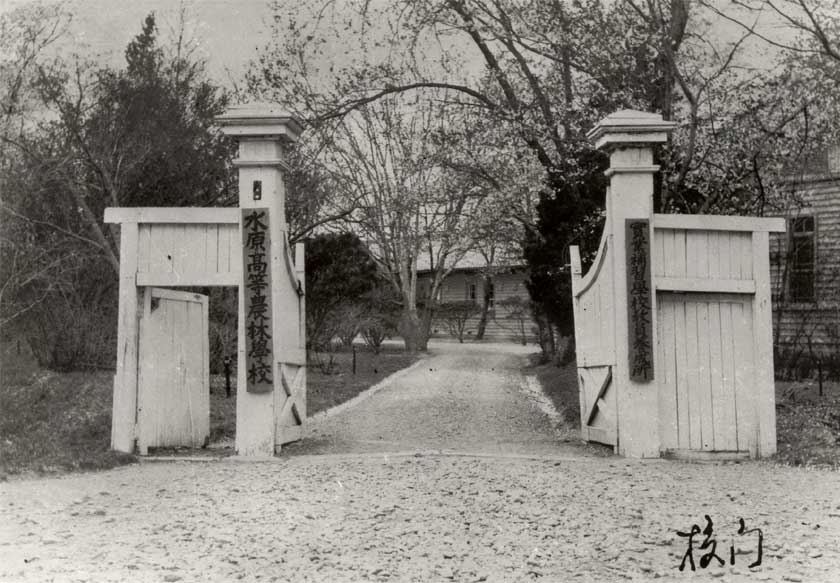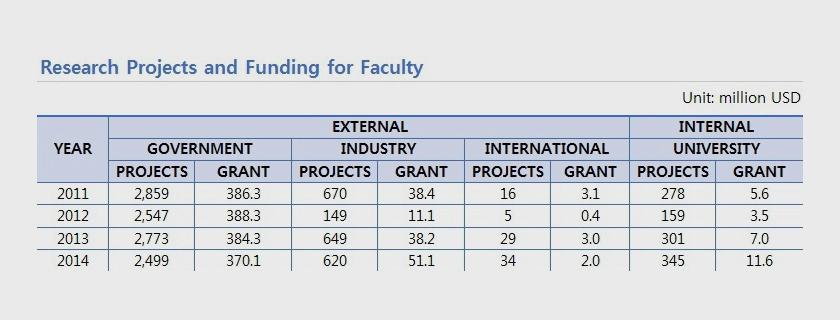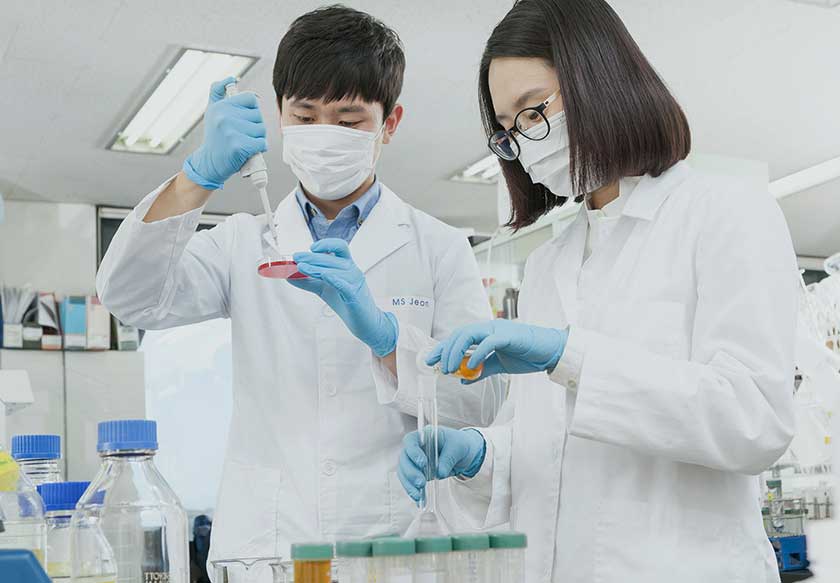- Home
- About CALS
- Introduction
- About SNU CALS
About SNU CALS
The History of CALS

School of Agriculture, Works, and Trade, one of the few modern education institutes in Korea, was founded in 1904. And its Department of Agriculture became a separate institution, the “School of Agriculture and Forestry” in 1906, which marks the beginning of CALS (the College of Agriculture and Life Sciences). The Department of Veterinary and Animal Science opened in 1937, followed by the Department of Agricultural Civil Engineering in 1943, and the Department of Agricultural Chemistry in 1946.
When Seoul National University was founded in 1946, its College of Agriculture included Departments of Agricultural Economics and Agricultural Biology. To these were added the following Departments:
Agricultural Home Economics in 1959
Agricultural Education in 1962
Horticulture and Food Engineering in 1967
Forest Products in 1970
Landscape Architecture in 1973.
Agricultural Home Economics in 1959
Agricultural Education in 1962
Horticulture and Food Engineering in 1967
Forest Products in 1970
Landscape Architecture in 1973.
To support plant research and education, the Seoul National University Arboretum was founded in 1967, and affiliated with College of Agriculture.
In 1992, the College of Agriculture was renamed the “College of Agriculture and Life Sciences,” now known as CALS. The campus relocated from Suwon to Gwanak in 2003. In 2006, CALS celebrated a century of agricultural education. The Pyeongchang campus was completed in 2014 and CALS is now evolving into a world-class college specializing in agriculture, biotechnology, and the environmental sciences.
The CALS mission

CALS is Korea’s leading institution specializing in agricultural education and research. The College has 8 departments offering 17 major and interdisciplinary programs; these share a common vision: to develop innovative studies in the field of agricultural and life sciences, while nurturing global leaders in agriculture.
CALS promotes “on-site” education and research through the construction of the SNU PyeongChang campus. In addition, the college provides unstinting support for CALS members through various academic facilities, research groups, and supporting programs, such as “RICA” and “CALS Global Challenger,” which reinforce students’ global capabilities.
Furthermore, CALS is fully committed to being the cradle of global agricultural education and research, participating in international exchanges with 43 foreign renowned universities and institutions, including the University of Tokyo in Japan and Cornell University in the U.S.
SNU/CALS Quantity Data

Seoul National University is currently ranked 36th in the QS World University Rankings (2018). As of 2015, the University has 84 undergraduate departments, 105 graduate courses, and 2,075 full-time professors. The number of students per full-time professor in each course is 13.7. Given that 6,231 papers were published in the 2014 SCI class journal, each researcher published an average of nearly three papers in international journals. SNU has international academic exchange programs with 280 world-class schools, including U.C.L.A, and the University of Sydney.
CALS is ranked 38th in the QS World University Rankings in Agriculture and Forestry (2017). The College has 8 undergraduate departments providing 17 majors taught by 123 full-time professors. The number of students per full-time professor in each course is 16.2. As 530 papers were published in the 2014 SCI class journal, each researcher published just over 4 (4.16) papers in international journals. CALS has established academic exchange programs with 50 top colleges and universities.
CALS Research Results

CALS has been Korea’s leading force for research in agricultural industries. The number of CALS papers in the SCI (Science Citation Index) was 538 in 2015—a strong indication of the number of academically distinguished research papers the College has produced in science; each professor published 4.37 papers on average in 2015. CALS also generated 109 patent applications, 38 of which were registered. The College’s research funding totaled 23 million USD, and its research expenses per professor came to 186,900 USD in 2015. Rural Development Administration, the Ministry of Agriculture, Food and Rural Affairs, and Ministry of Science, ICT and Future Planning were the largest sources of funding in 2015.


